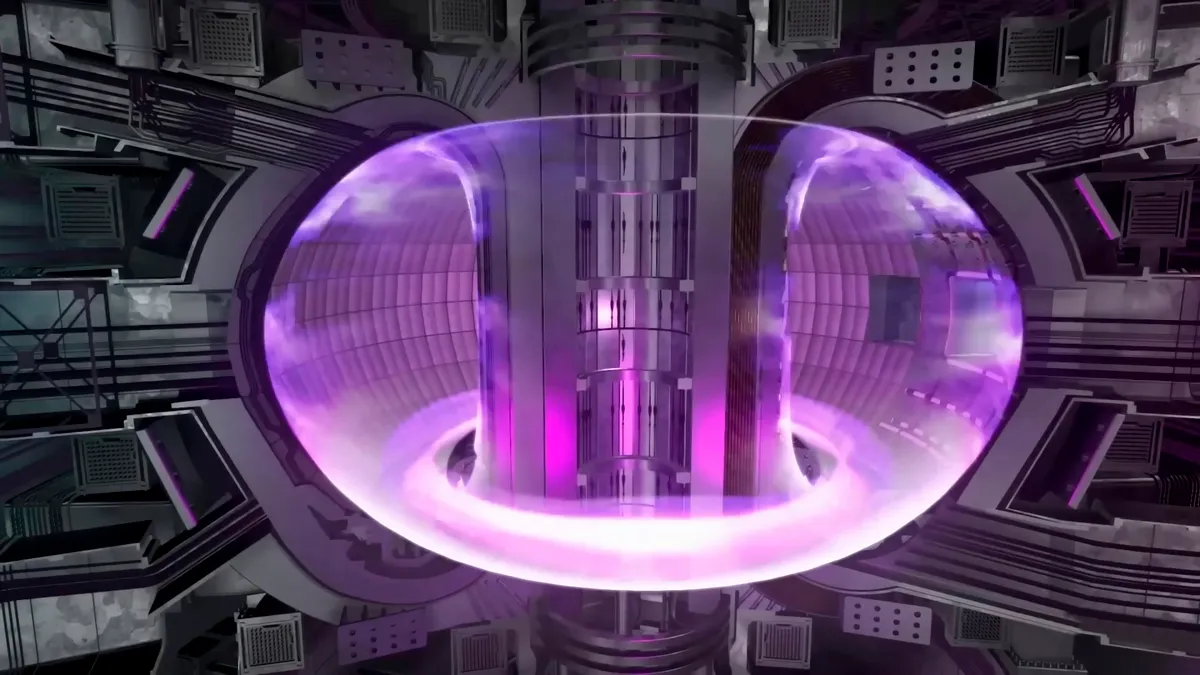The U.S. Department of Energy announced Wednesday $46 million to eight companies advancing designs and research and development for fusion power plants.
It’s part of an agencywide initiative to develop a strategy to accelerate the viability of commercial fusion energy in partnership with the private sector. The 2021 National Academies of Sciences, Engineering and Medicine report, “Bringing Fusion to the U.S. Grid,” is a “guiding document” for the initiative, the Biden administration said.
Scientists at Lawrence Livermore National Laboratory said in December they achieved net energy gain in a fusion experiment, a key milestone for a technology that could eventually provide clean and plentiful energy. Physicists have sought for decades to harness nuclear fusion reactions to generate energy, but not until now has more energy from such a reaction been produced than it consumes, which is known as net energy gain or target gain.
Officials said it will be years before fusion ignition will be commercially available.
“We have generated energy by drawing power from the sun above us. Fusion offers the potential to create the power of the sun right here on Earth,” U.S. Secretary of Energy Jennifer Granholm said.
Sen. Joe Manchin, D-W.Va., chairman of the Senate Committee on Energy and Natural Resources, said the Energy Act of 2020 and the CHIPS and Science Act of 2022 provide “clear bipartisan direction and support” for DOE to develop fusion technologies to be commercially deployable in 10 years.
Within five to 10 years, the eight companies will resolve scientific and technological challenges to create designs for a fusion pilot plant that will help bring fusion to technical and commercial viability, DOE said. This program was partially inspired by the National Aeronautics and Space Administration’s Commercial Orbital Transportation Services program that helped enable commercial space launch, DOE said.
Funding is for the first 18 months and projects may last up to five years, with funding in later years contingent on congressional appropriations. In addition, continued participation from the funding recipients will depend on satisfactory progress in meeting negotiated milestones.
The recipients of federal funding are:
- Commonwealth Fusion Systems of Cambridge, Massachusetts;
- Focused Energy of Austin, Texas;
- Princeton Stellarators of Branchburg, New Jersey;
- Realta Fusion of Madison, Wisconsin;
- Tokamak Energy of Bruceton Mills, West Virginia;
- Type One Energy Group of Madison, Wisconsin;
- Xcimer Energy of Redwood City, California;
- Zap Energy of Everett, Washington;
Zap Energy said its share is $5 million that will contribute to developing a pilot plant using its sheared-flow-stabilized Z-pinch fusion technology. The company said it is also committed to a community benefits plan to engage with stakeholders.














